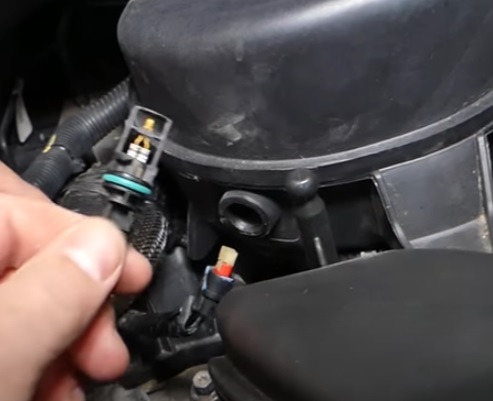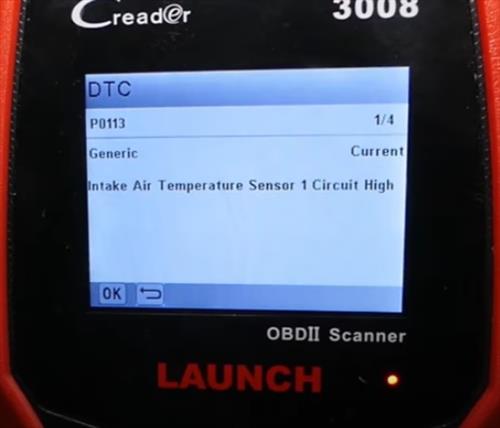
A Dodge, Jeep, or Chrysler vehicle with a P0113 OBDII error code, means the onboard computer (PCM) is reading an error at the intake air temperature sensor.
It is usually an easy problem to diagnose and fix with the most common fixes below.
What is a P0113 OBDII Error Code?
A P0113 OBDII error code is an “Air Temperature Sensor 1 Circuit High”.
The onboard computer (PCM) is reading high voltage at the Intake Air Temperature sensor (IAT).
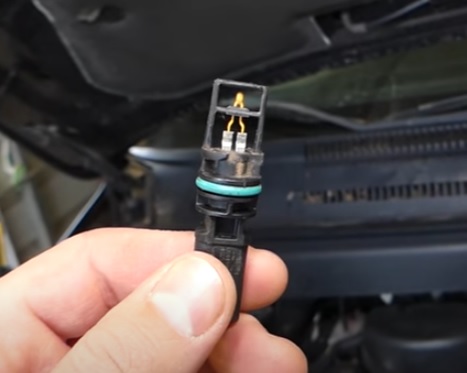
This would indicate the intake temperature is too hot or cold or out of range.
This usually points to a bad temperature sensor.
How To Troubleshoot a P0113 OBDII Error Code Dodge Jeep Chrysler
Using an OBDII scan tool that has the Data Stream feature will allow the sensor to be tested.
Using Data Stream, read the Intake Air Temperature and see if it matches the current temperature or if it is hugely wrong.
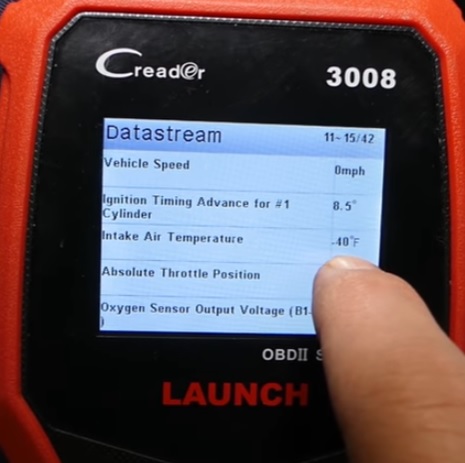
For example, in the picture, the air Intake is reading -40 Fahrenheit, which is off by a huge amount.
This would suggest the sensor has failed and needs to be replaced.
In this example, after replacing the sensor, the air intake temperature reads 105 Fahrenheit which is correct.
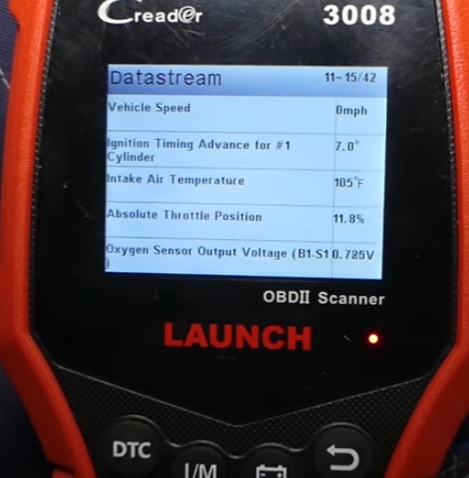
Air Intake Temperature Sensor 1 Location
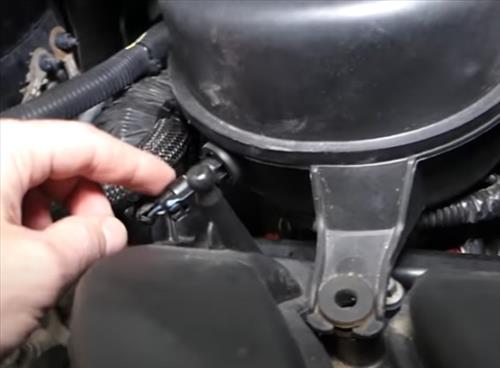
The Air Intake Temperature Sensor is located at the air intake box.
It has a wiring harness and is removed by twisting it out counterclockwise.
The sensor is a low-cost item that can be bought at an auto part store or online.
How To Replace the Air Intake Temperature Sensor
- Remove the wiring harness
- Twist the sensor counterclockwise and pull it out
- Insert the new sensor turning clockwise.
- Attach the wiring harness
The sensor is replaced by removing the wiring and twisting it out by turning it counterclockwise.
A new sensor is inserted and turned clockwise, locking it in place, and the wiring harness reattached.
How Do You Reset an Air Intake Temperature Sensor P0113 Error?
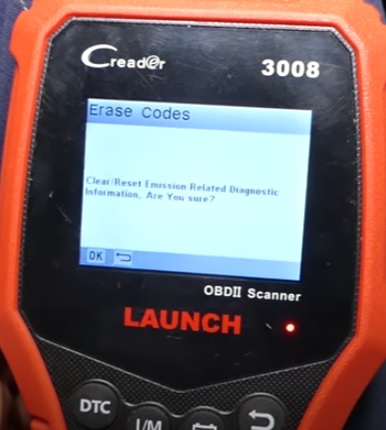
The most common method to clear an Air Intake Temperature Sensor P0113 error is to use an OBDII scan tool to erase the code.
The problem will need to be fixed first, or the code will return.
In some cases, the onboard computer (PCM) will also erase or overwrite the code and clear the engine light, but in most cases, the code is cleared with a scan tool.
Other Possible Causes of a P0113 Error
- Wiring or bad connection
- Onboard computer (PCM/ECM) Failure
- Overheating engine
While the most common fix for a P0113 Error is a bad sensor, other things can also cause the error.
Other things include faulty wiring or bad connection, PCM/ECM Failure, or the engine overheating (high intake air temperature).
Each possible cause will need to be checked to see what the problem is.
Summary
A P0113 OBDII error code on a Dodge Jeep Chrysler is usually caused by a bad air intake air sensor.
The sensor is easy to replace and is a low-cost part.
An OBDII scan tool can be used to see if the sensor is bad by using the Data Stream feature and seeing what the air intake temperature is.
If the air intake temperature is off by a large amount, the sensor is usually bad.
There can be other causes, mainly bad wiring, or a bad connection can cause the same symptoms of a bad sensor.
Have you had issues with a Dodge Jeep Chrysler vehicle with a P0113 OBDII error code? Let us know your thoughts below.
